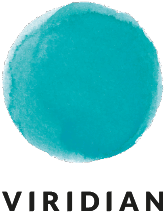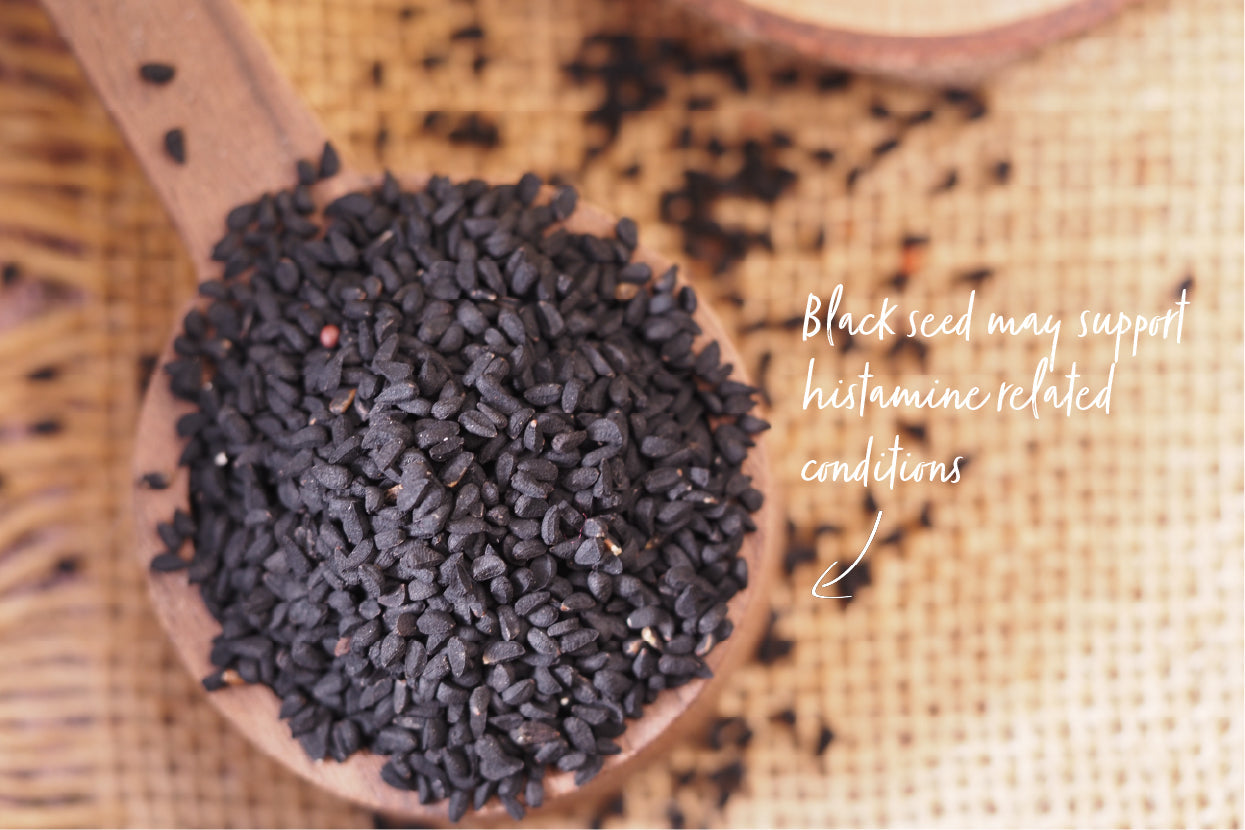
Magnesium is an essential mineral for our health, but with so many different forms in supplements, it can be difficult to know which one is the most appropriate for your needs. Particularly if they each play different roles in the body. Read our guide on the various forms and uses.
Introduction
Tired? Cramps? Palpitations? Insomnia? Annoying twitchy eye? Many of us can relate to these in our daily life and perhaps surprisingly low magnesium levels could be to blame.
This vital mineral is a co-factor in over 300 enzyme systems that regulate key bodily functions including protein building, nerve and muscle function, energy production, blood glucose control and blood pressure regulation. [1]
Our skeleton holds a reservoir of magnesium, around 60% of the total amount in our body. It helps maintain bone integrity [2] The rest is found in soft tissue like muscle, whilst some is found in fluid, acting as an electrolyte. Interestingly low levels may be related to heart disease, type 2 diabetes, migraines, and mood disorders. [3]
The green pigment (chlorophyll) in plants holds magnesium at its core, using it to convert sunlight into energy. This is passed onto animals and humans when they consume plants, nuts and seeds.[4]
However, almost two thirds of the western world’s population are not meeting their magnesium requirements through diet alone. For those on medication, this figure may rise further[5]. Diet and soil quality, ultra-processing and increased stress and alcohol consumption can also add to the problem.
Research suggests that consistently lowered magnesium intake over a lifetime (below that where clinical symptoms would be seen like severe cramps or arrhythmia) increases the risk of chronic degenerative diseases including diabetes, osteoporosis, and cardiovascular disease. This is because whilst extremely low levels cause symptoms like severe muscle cramps or arrythmia, chronic subclinical magnesium levels causes few recognisable symptoms and goes undetected (11).
Research suggests that consistently lowered magnesium intake over a lifetime (below that where clinical symptoms would be seen like severe cramps or arrhythmia) increases the risk of chronic degenerative diseases including diabetes, osteoporosis, and cardiovascular disease.
Supplementation for many of us may be the answer, in addition to focussing on magnesium rich foods like leafy green vegetables, nuts, seeds, wholegrains, and pulses.
Types of magnesium and their benefits
Magnesium is a natural mineral found in the earth. However, once magnesium is extracted from its natural source it becomes unstable and needs to be bound to another compound, this is called chelation. The functions and benefits of each chelate depends on the specific amino acid the magnesium is bound to; however, any form of magnesium will support energy production and address a myriad of inflammatory conditions.
Magnesium citrate, oxide, bisglycinate, taurate, ionic - what's the difference? The choice is wide so here's a handy guide to help you chose the right one for you.
For very low magnesium levels and low energy - Magnesium Citrate
A form of magnesium bound to citric acid. Some research suggests this is among the most easily absorbed in the gut than other forms.[6] This is because it dissolves readily in water, which can be great if your levels are particularly low as the body can upregulate absorption and raise levels more quickly.
An excellent all-rounder - Magnesium Oxide
Magnesium oxide has often wrongly been considered poorly absorbed but research suggests it is as effective as magnesium citrate. [7] It is true it has lower water solubility, but this means it goes through the intestine more slowly , allowing more steady absorption and less excretion.
For its gentleness and for night time - Magnesium Bisglycinate
This form can be a good choice if you are struggling to sleep or have a sensitive gut as it is easy on the digestion. Fully reacted, each magnesium molecule is attached to two glycine amino acids. Glycine is often used as a supplement on its own for insomnia as it has an inhibitory action, helping to calm excitability in the nervous system. Research suggests glycine can improve sleep quality (12)
Heart Health - blood sugar regulation - athletic performance -Magnesium Taurate
This form is a good choice if you want to support your cardiovascular system with magnesium, pre- diabetic, or if you are athletic. Recent studies show that adequate intakes play a role in regulating blood sugar levels, hypertension and cardiac muscle support[1]. This form is popular among athletes to improve performance and aid recovery. All forms of magnesium are good for stress and muscular tension as magnesium calms the nervous system and increases stress resilience. Taurine which is bound to magnesium here to make magnesium taurate is also involved in calming the nervous system (13).
Energy - Magnesium Malate
Magnesium malate, is a very well tolerated and absorbed form of magnesium. Malate works with NAD+, a derivative of vitamin B3 in energy production.[8] Subsequently, magnesium malate is often used to support fatigue states, energy production and sports performance.
Organic and natural all-rounder – Plant bound magnesium
Magnesium is in its most natural form when it is locked into a plant’s composition. A wild seaweed known as sea lettuce is a rich natural source of this essential nutrient. The marine plant is cultivated organically without the need for land, fresh water or pesticides. Sustainable managed harvesting allows the plant to maintain healthy growth and an excellent choice if you want a plant-based way to keep your magnesium levels topped up.
 Electrolyte, exercise, hydration, low stomach acid - Unbound ionic magnesium
Electrolyte, exercise, hydration, low stomach acid - Unbound ionic magnesium
Magnesium can also exist naturally within liquid in its ionic state. In this unbound and positively charged state it is free to be very easily absorbed by the intestinal lining and bypasses the need to be broken down by the digestive system which relies on adequate stomach acid. This form is ideal for adding to a water bottle for hydration over the day or when exercising, ensuring a steady flow of your daily intake which maximises absorption. Ideal for older people or those on medication to inhibit stomach acid where absorption is compromised.
As the current evidence stands there is not sufficient evidence to suggest one form of magnesium is more absorbable than another.
Is one form of magnesium more absorbable than the other?
As the current evidence stands there is not sufficient evidence to suggest one form of magnesium is more absorbable than another. In fact, recent studies have found a variety of forms to be clinically effective.[10,11] Furthermore, there could also be other factors that can influence our body’s magnesium intake such as diet quality, medication use, alcohol intake, age, and gut health.
For more information about supplements, dietary and lifestyle support, visit your independent health store at www.findahealthstore.com
Author: Corin Sadler BSc, DipION, FDSc is a Medical Herbalist and Senior Nutritionist at ethical vitamin company Viridian Nutrition. She has a Degree in Clinical Herbalism, and a Diploma and Foundation Degree in Nutritional Therapy.
References:
[1]Jahnen-Dechent W, Ketteler M. 2012 Magnesium basics.
[2]Sara Castiglioni, July 2013, Magnesium and Osteoporosis: current state of knowledge and future research directions. Department of Biomedical and Clinical Sciences, University of Milan.
[3]Dolati S, Rikhtegar R, Mehdizadeh A, Yousefi M. 2019 Nov 5, The Role of Magnesium in Pathophysiology and Migraine Treatment.
[4]Dr Mark Sircus, Transdermal Magnesium Therapy 2011. Magnesium the Lamp of life chapter 2 page 5.
[5]Schwalfenberg GK, Genuis SJ. 2017; The Importance of Magnesium in Clinical Healthcare. Scientifica (Cairo).
[6]Walker AF, Marakis G, Christie S, Byng M. 2003 Mg citrate found more bioavailable than other Mg preparations in a randomised, double-blind study. Magnes
[7]Shechter M, Saad T, Shechter A, Koren-Morag N, Silver BB, Matetzky S.2012 Mar Comparison of magnesium status using X-ray dispersion analysis following magnesium oxide and magnesium citrate treatment
[8] Kumari, A. Chapter 2 - Citric Acid Cycle, Sweet Biochemistry, Academic Press, 2018, Pages 7-11.
[9]Militante, JD. Lombardini, JB. (2002). Treatment of hypertension with oral taurine: experimental and clinical studies. Amino Acids. 23 (4), 381-393.
[10]Marta R. Pardo MSc Jan 2021 Bioavailability of magnesium food supplements: A systematic review
[11] Fiorentini D, Cappadone C, Farruggia G, Prata C. Magnesium: Biochemistry, Nutrition, Detection, and Social Impact of Diseases Linked to Its Deficiency. Nutrients. 2021 Mar 30;13(4):1136.
[12] Bannai M, Kawai N. New therapeutic strategy for amino acid medicine: glycine improves the quality of sleep. J Pharmacol Sci.2012;118(2):145-8.
[13] Birdsall TC. (1998). Therapeutic applications of taurine. Alternative Medicine Review. 4 (3),128–36.







